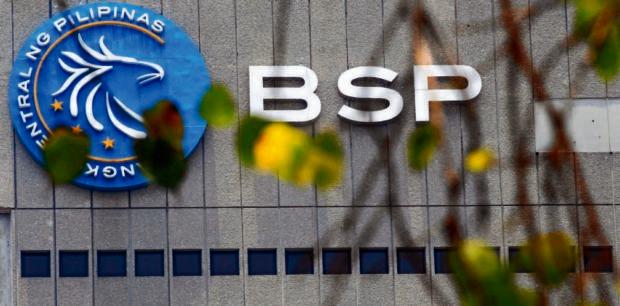BOP swung to a surplus of $495M in Q1
As more dollars came in than went out in the first quarter, the country’s balance of payments (BOP) swung to a surplus of $495 million as of end-March 2022, turning around from a deficit of $2.84 billion in the same period last year.
The Bangko Sentral ng Pilipinas (BSP) said in a statement that, based on preliminary data, the first-quarter BOP surplus reflected inflows such as from personal remittances, net foreign borrowings by the national government, and foreign direct and portfolio investments.
In March alone, the BOP showed a surplus of $754 million, reversing from a deficit of $73 million in the same month in 2021.
“The BOP surplus in March reflected inflows arising mainly from the national government’s net foreign currency deposits with the BSP and BSP’s income from its investments abroad,” the central bank said.
The improvement in the BOP, which records the transactions of persons and organizations in the Philippines with the rest of the world, suggests the Philippine peso could strengthen.
During the first quarter, the peso started at 50.97 against the US dollar, depreciated to 52.43:$1 in the fourth week of March and ended the period at 51.96:$1.
A stronger peso means that Filipino consumers enjoy lower prices of imported goods and services. But for individuals and groups that earn in US dollars—such as families of overseas Filipino workers and businesses engaged in exports—a strong local currency means fewer pesos for every dollar they receive.
Inflation
Even then, a stronger peso can help temper inflation from increases in imported goods like milk, wheat (which translates to prices of bread) and petroleum products and other fuels used for power generation such as coal.
On a national level, a firmer peso means lower debt servicing and even enables prepayment of foreign debt.
Also, the BSP said its foreign exchange stock or gross international reserves eased slightly by 0.5 percent to $107.31 billion as of end-March from $107.8 billion as of end-February.
The amount continues to represent a more than adequate external liquidity buffer, now equivalent to 9.5 months’ worth of imports of goods and payments of services and primary income. Three months worth of reserves is considered sufficient.
But the BSP said in March that the Monetary Board now expected the BOP to swing to a deficit of $4.3 billion at end-2022 instead of easing to a surplus of $700 million as forecast in December 2021, mainly due to greater uncertainties in global developments.
According to analysts at the United Overseas Bank Ltd., the peso is expected to weaken throughout at least the next 12 months, falling to 53:$1 within this quarter and on to P54:$1 by yearend up to the first quarter of 2023. INQ

